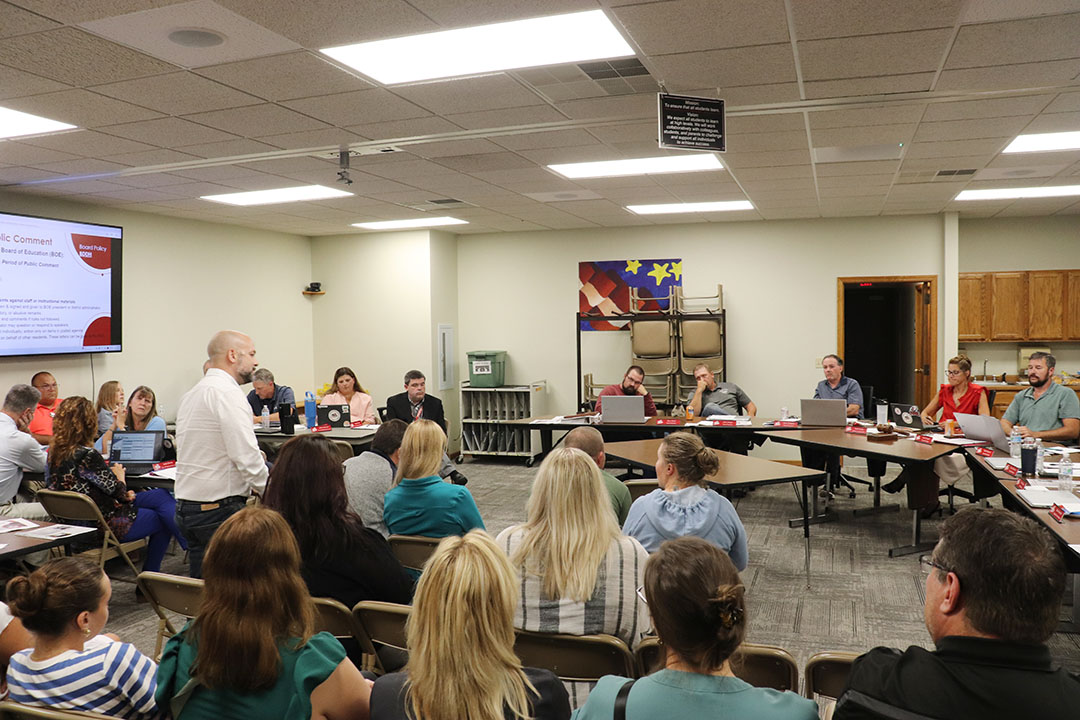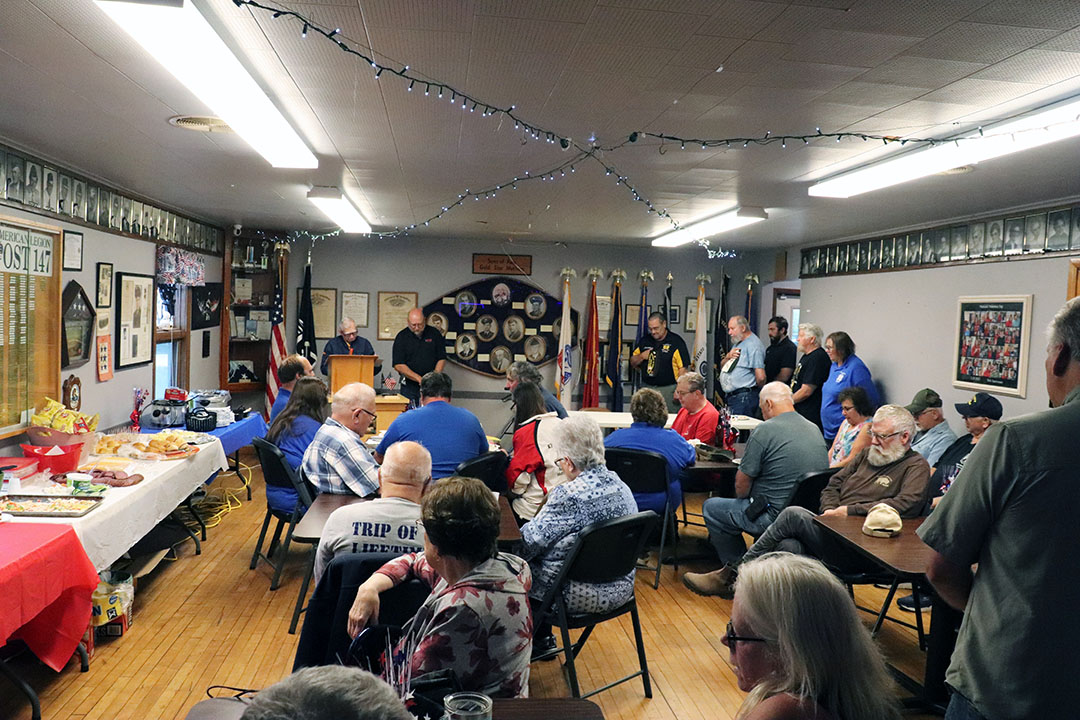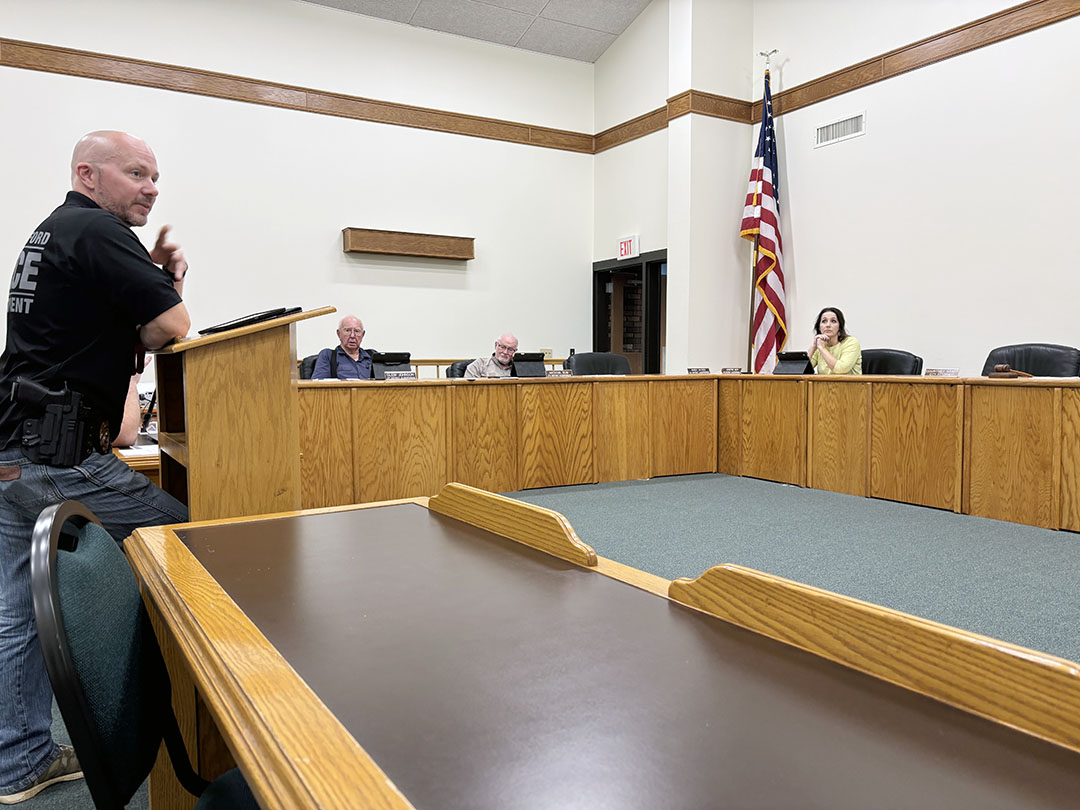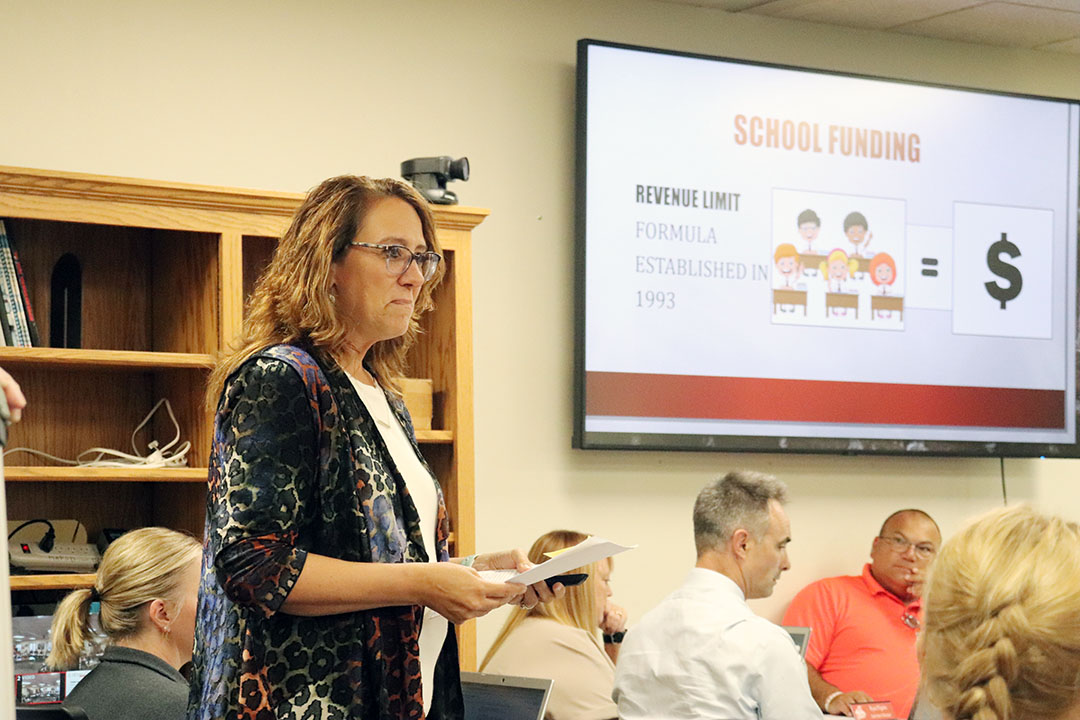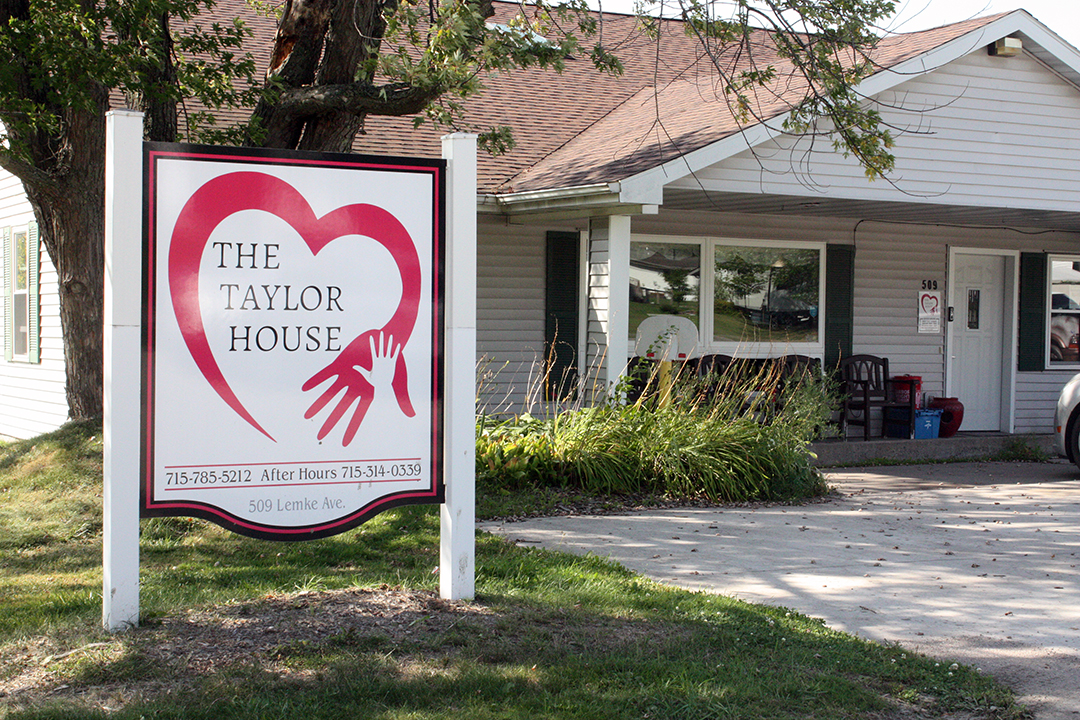Crescent Meats paid a visit from the White House
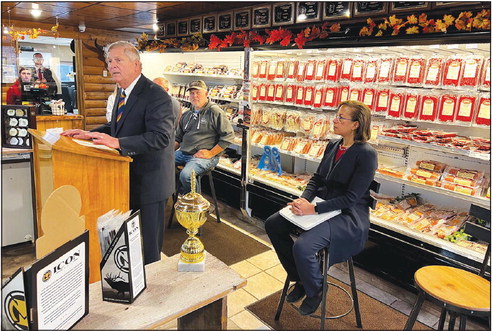

USDA secretary Tom Vilsack (left) made a stop to see Crescent Meats owner Wayne Lautsbaugh (center) in Cadott, Nov. 3, along with White House Domestic Policy Adviser Susan Rice. The duo spoke about efforts to bolster regional meat processing. Submitted Photo
U.S. Secretary of Agriculture Tom Vilsack and Ambassador Susan Rice, White House Domestic Policy Adviser, were in the Chippewa Valley, Nov. 3, promoting investments in regional meat processing.
Farmers, media and rural leaders gathered at Crescent Meats, in Cadott, to learn more about the Meat and Poultry Processing Expansion Program (MPPEP), and the area’s designation as a Rural Partners Network community. The visit followed a Nov. 2 announcement, that the Biden-Harris Administration is investing $73 million in 21 grant projects, through the first round of the MPPEP.
The effort to bolster meat and poultry processing capacity aims to increase competition, support producer income and strengthen the food supply chain, to lower costs for working families.
Wisconsin Farmers Union (WFU) member and Crescent Meats owner Wayne Lautsbaugh has been awarded a $1.5 million MPPEP grant, to offset costs for an expansion that will nearly triple the square footage of the facility and double processing capacity. The project will also improve food safety and create 35 jobs.
“There is a lot of great work and entrepreneurship that’s taking place in rural America,” said Vilsack, noting the funding is part of an aggressive push by the Biden Administration to create a fairer, more competitive, and more resilient meat and poultry supply chain. “If farmers have more markets, then they’ll have greater competition for what they’re growing and raising, and get a fairer price.”
By creating more processing, that also creates a whole series of new products for consumers, who are very interested in knowing the story behind their food.
Danielle Endvick, who raises beef cattle on her family’s Runamuck Ranch in Holcombe, emphasized the importance of investing in infrastructure and increasing competition, noting, “Farmers often have few options when it comes to marketing and processing our cattle,” she said. “For every extra mile we have to transport animals, it cuts into already tight profit margins. It’s heartening to see this investment and the doors it could open for farmers who are direct marketing to consumers.”
In addition to the MPPEP grants, the administration is investing $75 million for eight projects through the Meat and Poultry Intermediary Lending Program, as well as more than $75 million for four meat and poultry-related projects through the Food Supply Chain Guaranteed Loan program.
Additional funding announcements are anticipated over the next couple months, and the USDA will begin taking applications for a new phase to deploy an additional $225 million, to provide gap financing for independent processing plant projects that fill a demonstrated need for more diversified processing capacity.
The Cadott tour stop also celebrated the expansion of the Rural Partners Network (RPN), to include 12 counties in Wisconsin. Launched in April 2022, the RPN helps establish community networks to connect rural people to resources and funding to create local jobs, build infrastructure and support long-term economic stability.
“Too often, we’re not doing a good enough job getting key resources out to the communities that are underserved, including rural America, the tribal areas and elsewhere,” said Rice. “We know that when rural people thrive, America thrives, and that’s what we’re about here today.”
The RPN is expanding to include Chippewa County, as well as the Forest County Community Network.
“It was enlightening to hear about all the resources that are out there for rural communities and to see one of our members benefit from meat processing grants,” said WFU executive director Julie Keown-Bomar. “These efforts are so positive for rural Wisconsin. More importantly, I was impressed that Ambassador Rice and Secretary Vilsack realize that there has to be a bridge between institutions, and rural communities.”
